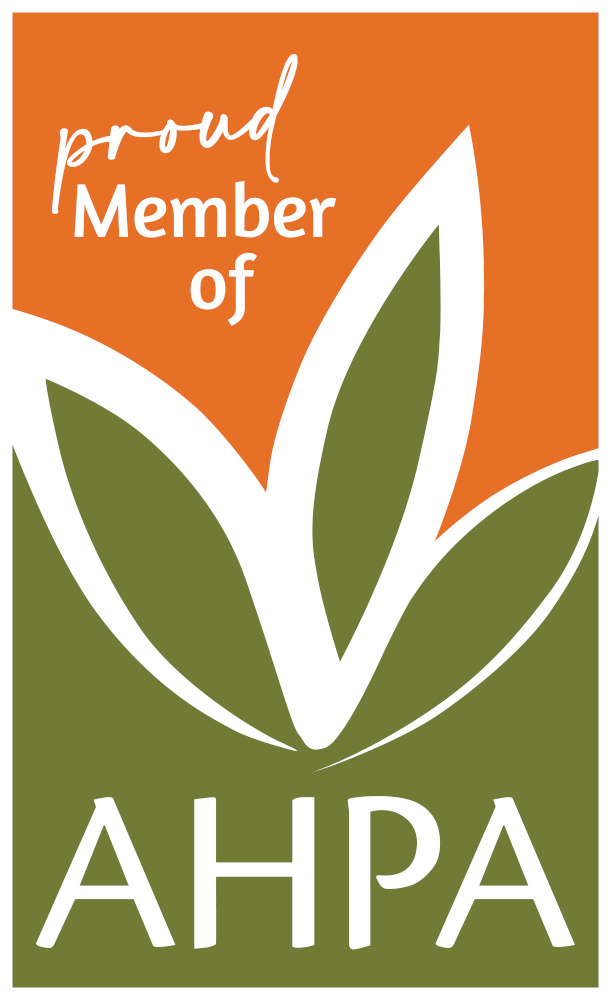This is one of my most fascinating questions for me this year. I discovered that there’s a term for the similarities between many eastern Asian and eastern North American plants – the Asa Gray disjunction.
Dr. Jun Wen is an evolutionary biologist at the National Museum of Natural History.
She has published some of the most recent and exciting papers on the disjunctions of plants in East Asia and North America. She’s writing a book to provide an evolutionary synthesis on the eastern Asian–North American plant disjunctions.
I asked her how Panax quinquefolius got to North America. She replied, “In the Miocene when the earth was warmer, the ancestor of Panax quinquefolius might have migrated via bird dispersal across the Bering Land Bridge.”
Many forest elements migrated between eastern Asia and North America that way. It then further dispersed eastward into the eastern part of North America. Panax has two biogeographic connections between the two continents. The earlier one is between dwarf ginseng Panax trifolius and its Asian relatives. The biogeographic analyses support the direction of the Eocene North America to eastern Asia in this older disjunction.”




